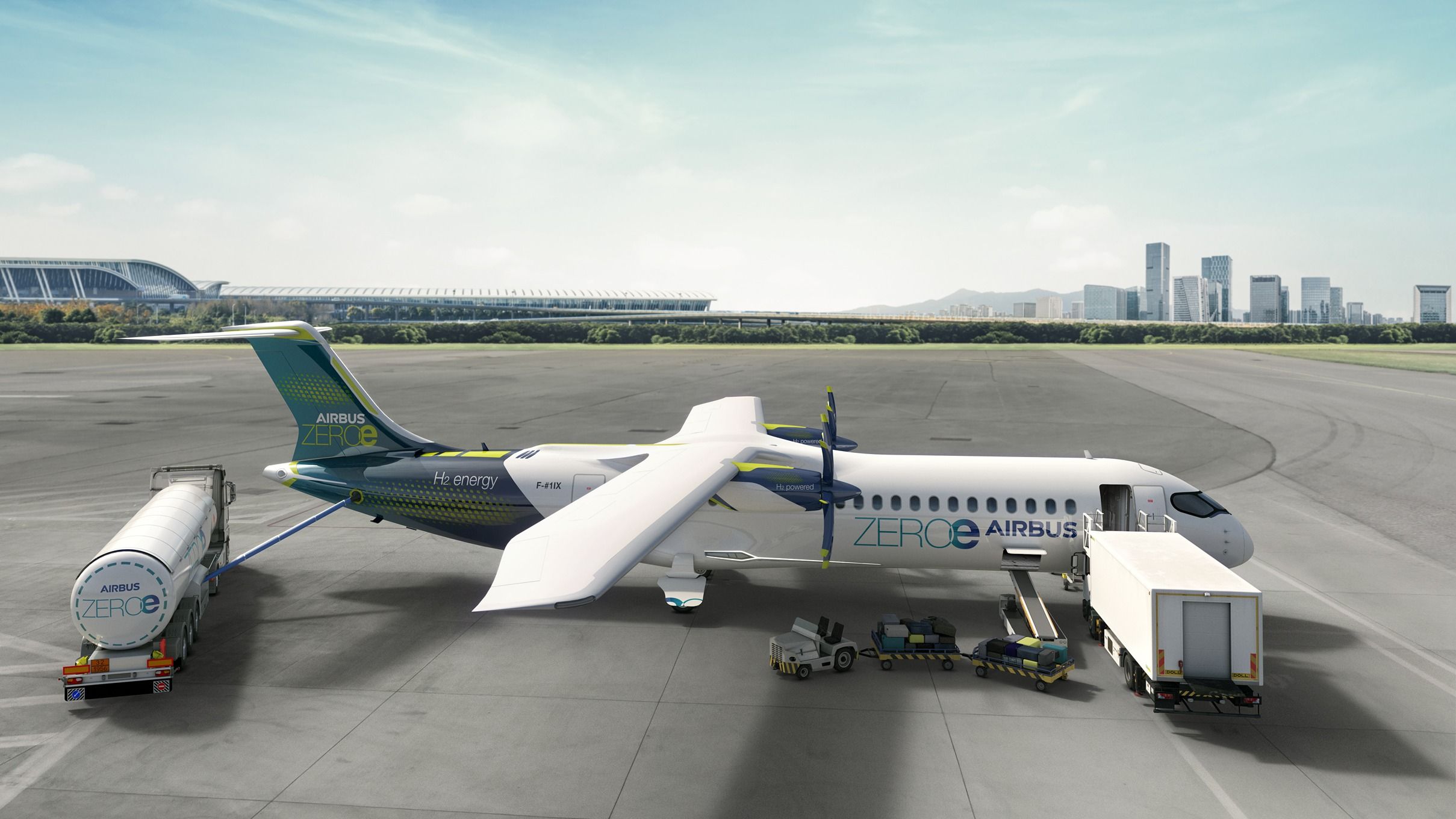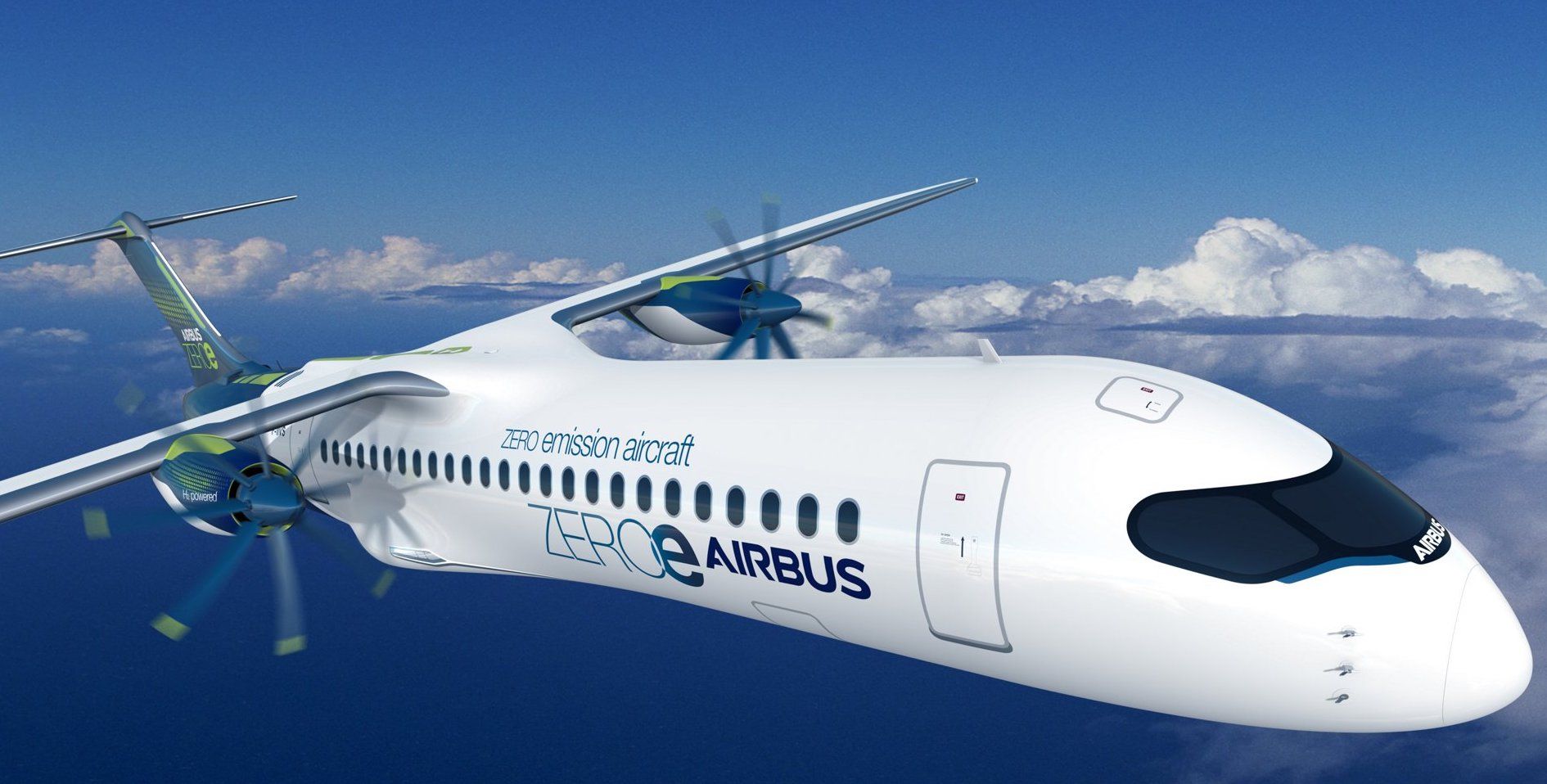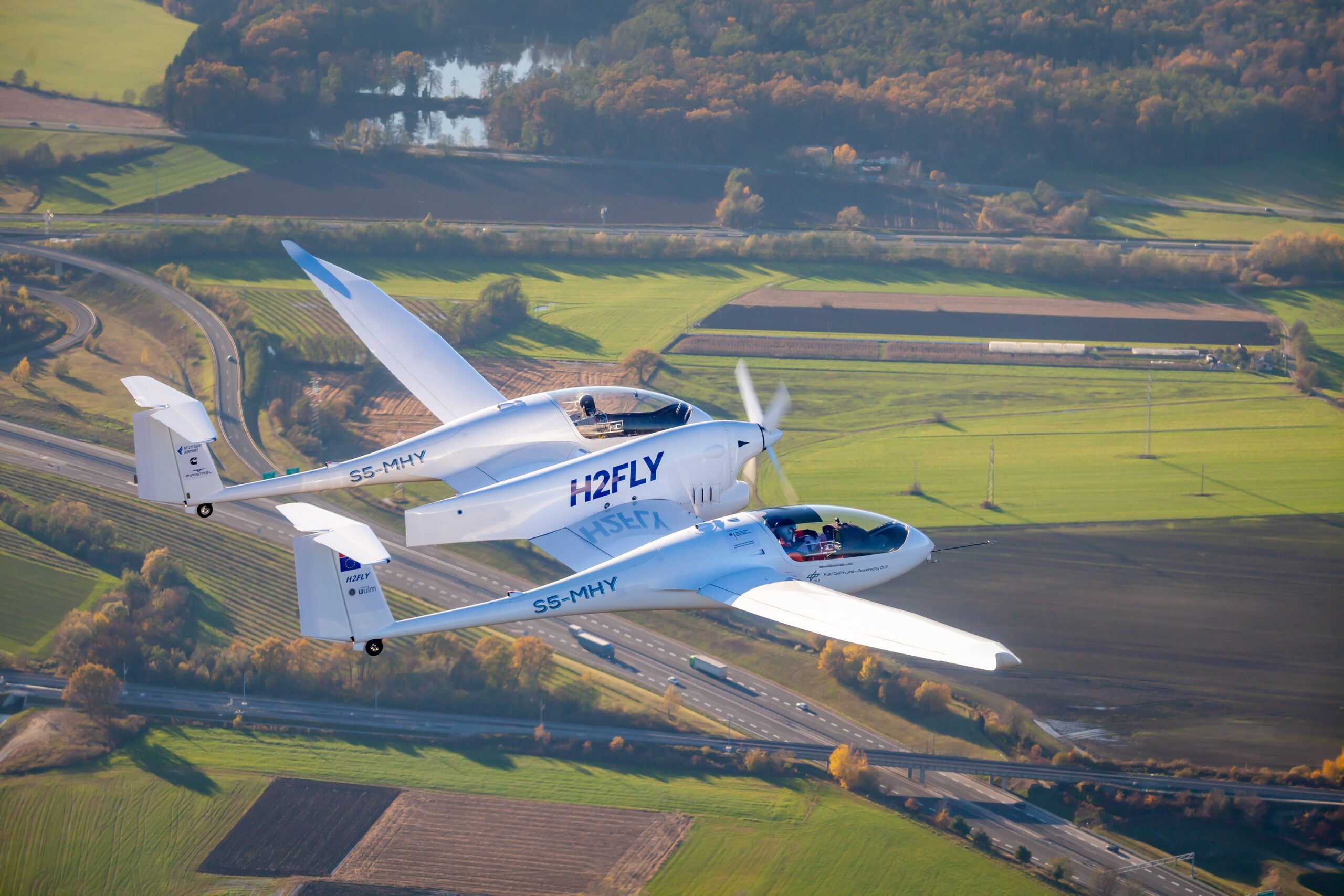Summary
- Big team working on liquid hydrogen refueling project called GOLIAT, receiving $11.8m funding over 4 years from the EU.
- Initiative aims to demonstrate safe and reliable use of liquid hydrogen in airport operations for zero-emission flights by 2050.
- Hydrogen has high energy potential for aviation and can be used for propulsion or as synthetic fuel, offering a sustainable future for aircraft.
Last week, Airbus announced it is leading a consortium of partners working to develop and demonstrate liquid hydrogen refueling technologies. The partnership brings together organizations from across European aerospace, including aircraft manufacturers, airport operators, research institutions and a technology provider.
A big team on the job
As with all such projects, it has an acronym: GOLIAT, short for Ground Operations of Liquid Hydrogen AircrafT. Over four years, the GOLIAT initiative will receive €10.8 million ($11.8m) from the European Union’s Horizon Europe Framework Programme.
Photo: Airbus
It aims to demonstrate how high-flow liquid hydrogen (LH2) handling and refueling technologies can be developed and used safely and reliably for airport operations. Liquid Hydrogen will play an important role in aviation’s quest to reach zero-emission flight by 2050 and will be a solution to decarbonize short—and medium-haul aviation.
The GOLIAT consortium includes ten partners from eight countries: Airbus (France, Germany, UK), Chart Industries (Czech Republic, Italy), TU Delft (Netherlands), Leibniz University Hannover (Germany), Royal Schiphol Group (Netherlands), Rotterdam The Hague Airport (Netherlands), Vinci Airports (France, Portugal), Stuttgart Airport (Germany), H2FLY (Germany), and Budapest Airport (Hungary).
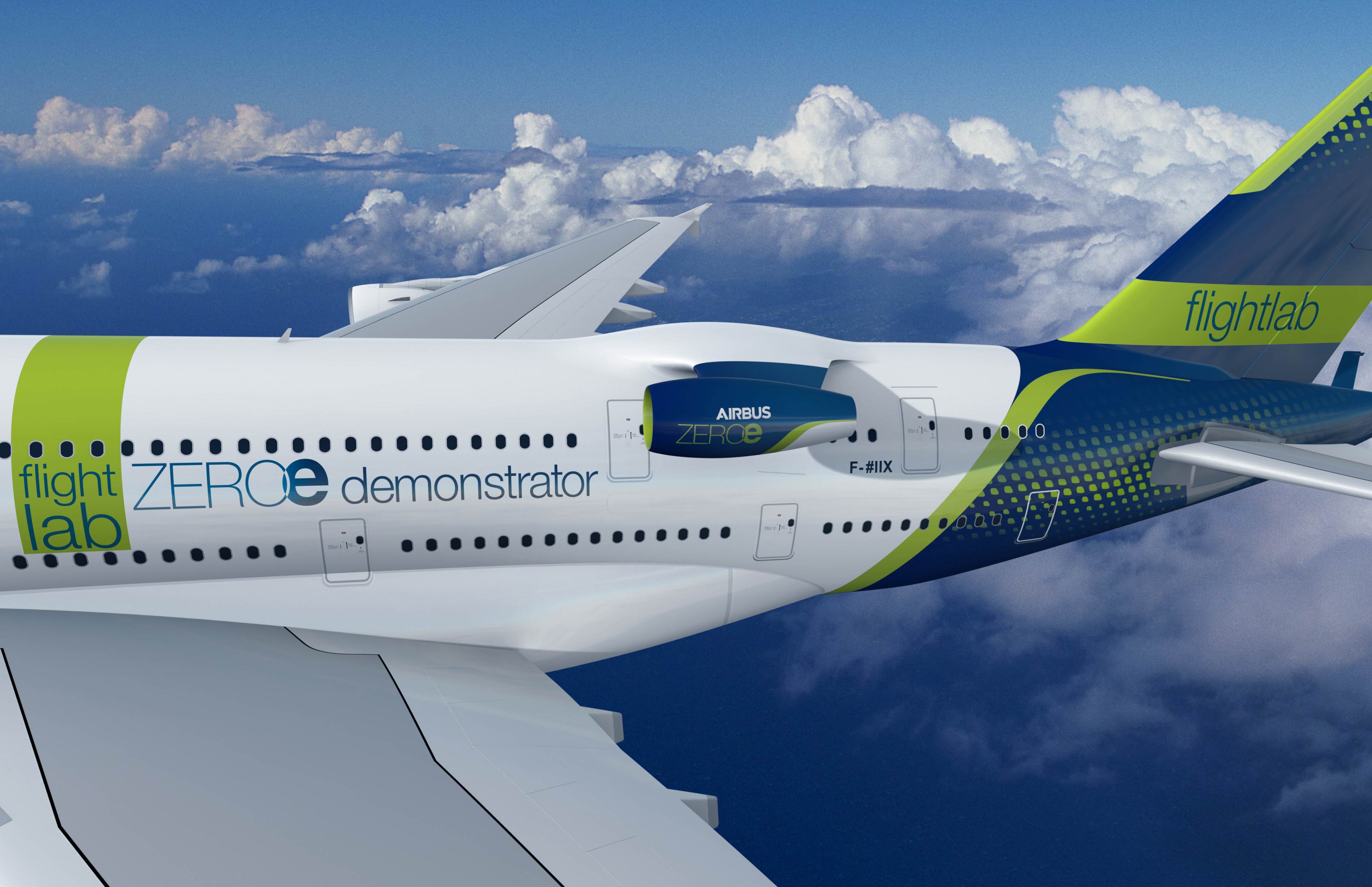
Related
How Does A Hydrogen Jet Engine Work?
Airbus and CFM International partner on the manufacturer’s A380 testbed.
While its use in commercial aviation may be new, Hydrogen has been safely used in the aerospace and automobile industries for decades. The significant challenge confronting Airbus and the airline industry is adapting this decarbonized energy carrier to commercial aviation’s needs for synthetic fuel and hydrogen propulsion.
Why Hydrogen works for aviation
H2FLY is currently working to deliver the first qualified, fully hydrogen-electric aircraft powertrain. It designed the HY4 to be the world’s first hydrogen-electric passenger aircraft, which first flew in 2016, and has demonstrated the feasibility and potential of this technology for future aviation. CEO and co-founder Josef Kallo said:
“We believe in the potential of hydrogen to transform aviation and are committed to supporting its adoption for a sustainable future. GOLIAT marks another important step in our journey toward decarbonizing the aviation industry, and we are excited to be a part of this important initiative.”
Photo: H2FLY
In terms of deliverables, the pathway for the GOLIAT project is to enable the widespread use of Hydrogen at airports by:
- Developing and demonstrating LH2 refueling technologies scaled-up for future large commercial aircraft.
- Demonstrating small-scale liquid hydrogen aircraft ground operations at airports.
- Developing the standardization and certification framework for future liquid hydrogen operations.
- Assessing the sizing and economics of hydrogen value chains for airports.
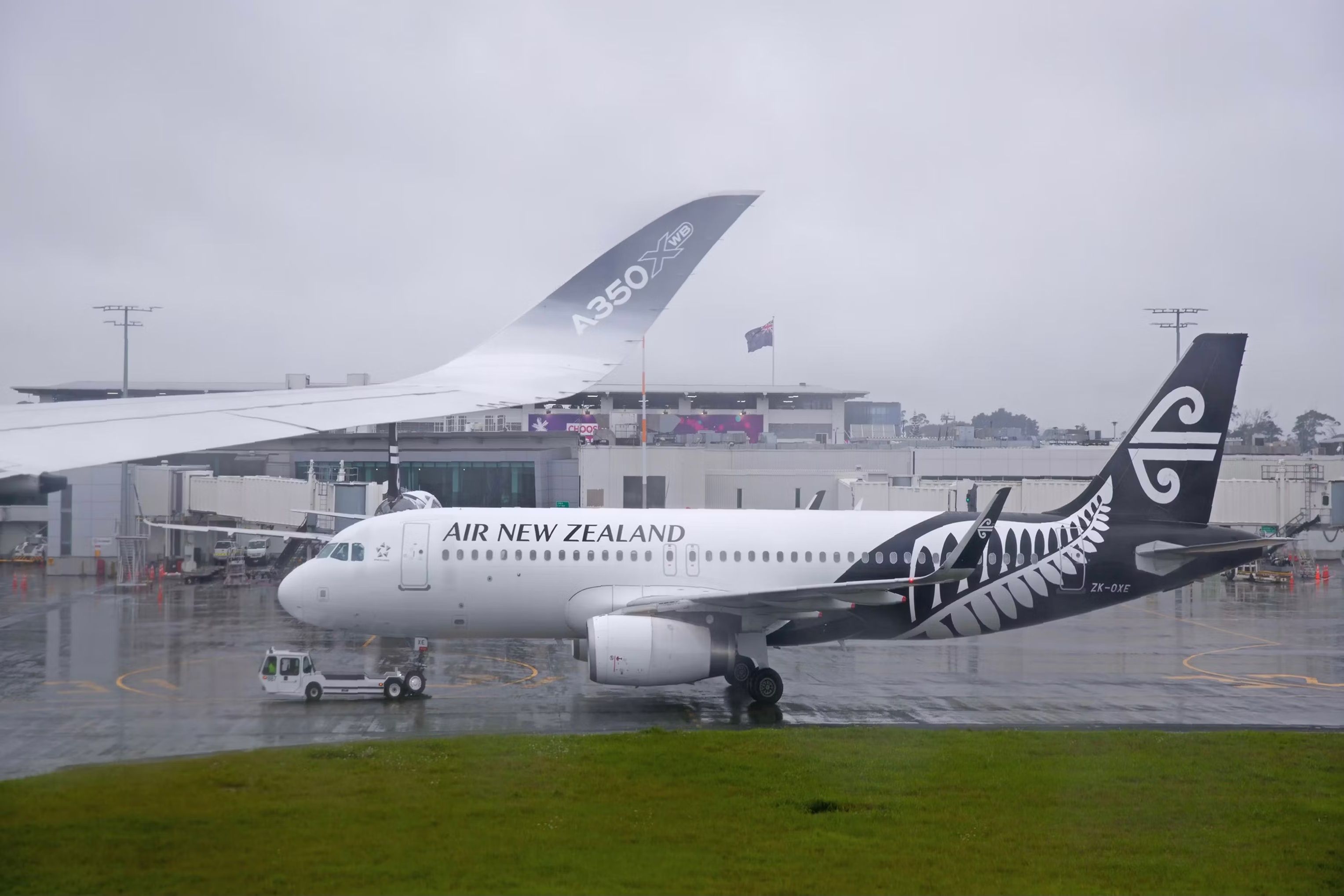
Related
Air New Zealand Wants To Pioneer Green Hydrogen-Powered Aircraft
Air New Zealnd is working with partners on multiple zero-emission technologies with a green hydrogen project currently underway in Wellington
After sustainable aviation fuel (SAF), Hydrogen is the next energy source most talked about for zero-emission aviation. To delve into the science contained in the announcement that is because Hydrogen has a specific energy-per-unit mass that is three times higher than traditional jet fuel. When it is generated using renewable energy through electrolysis, Hydrogen emits no CO2 emissions, “thereby enabling renewable energy to potentially power large aircraft over long distances without the undesirable by-product of CO2 emissions.”
Airbus identified two primary uses for Hydrogen in aviation: hydrogen propulsion and as a synthetic fuel. Hydrogen can be combusted through modified gas turbine engines or converted into electrical power that complements the gas turbine via fuel cells for aircraft propulsion. Putting the two together creates a hybrid-electric propulsion chain powered entirely by Hydrogen. At the same time, Hydrogen can also be used to create e-fuels, which are generated exclusively through renewable energy.
What do you think about hydrogen-fueled aircraft? Let us know in the comments.

